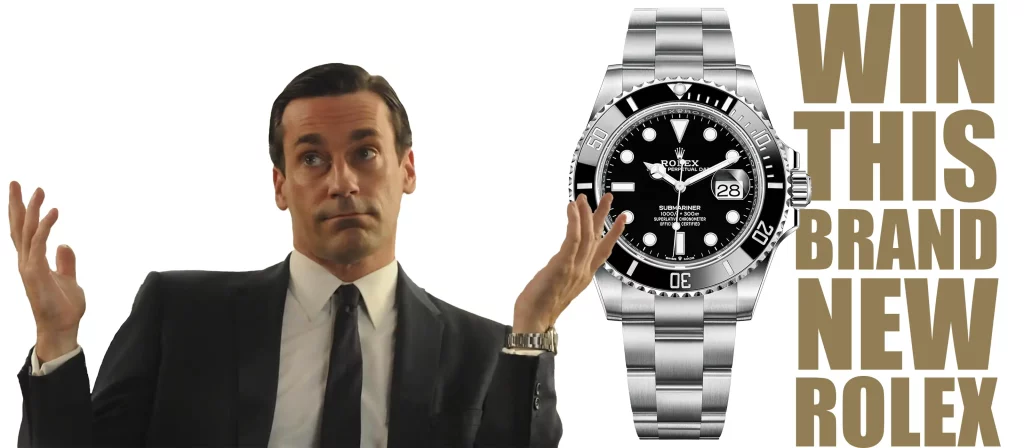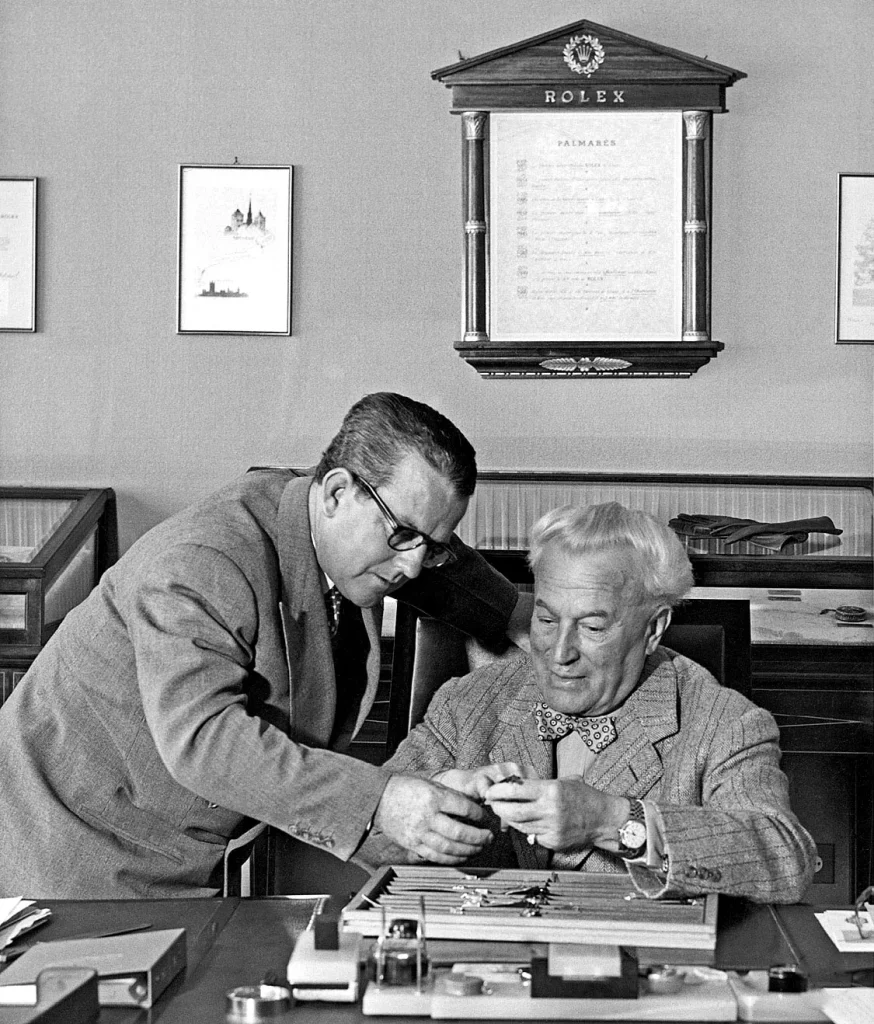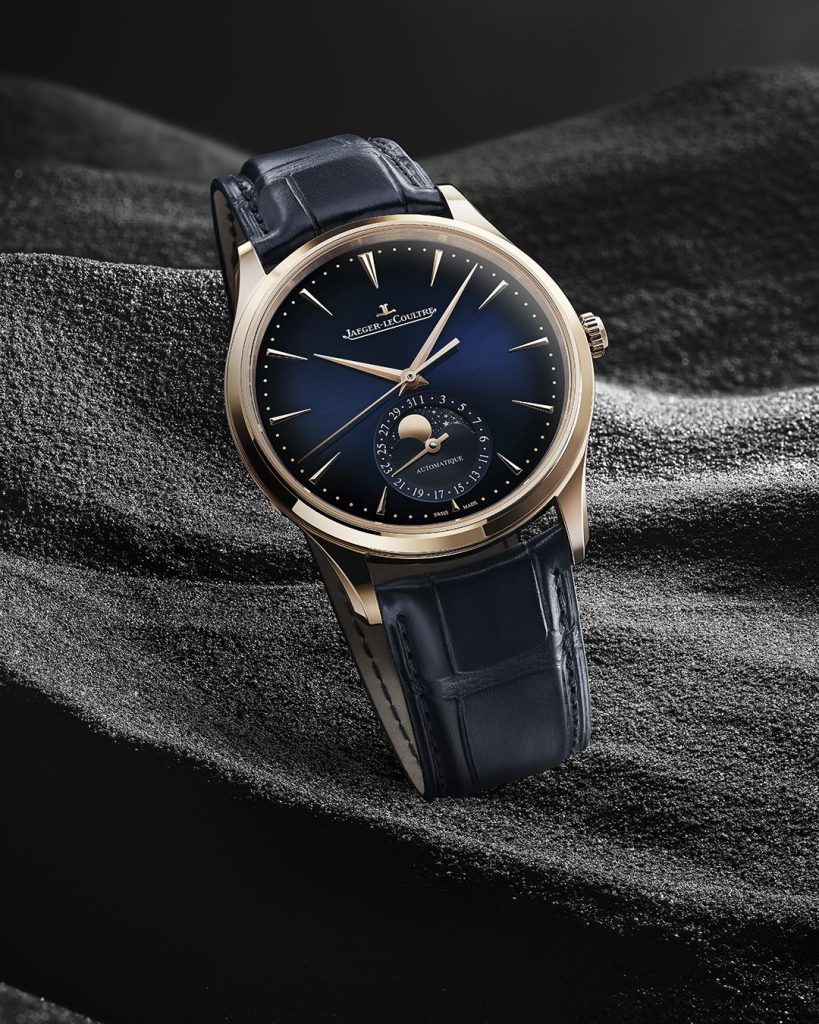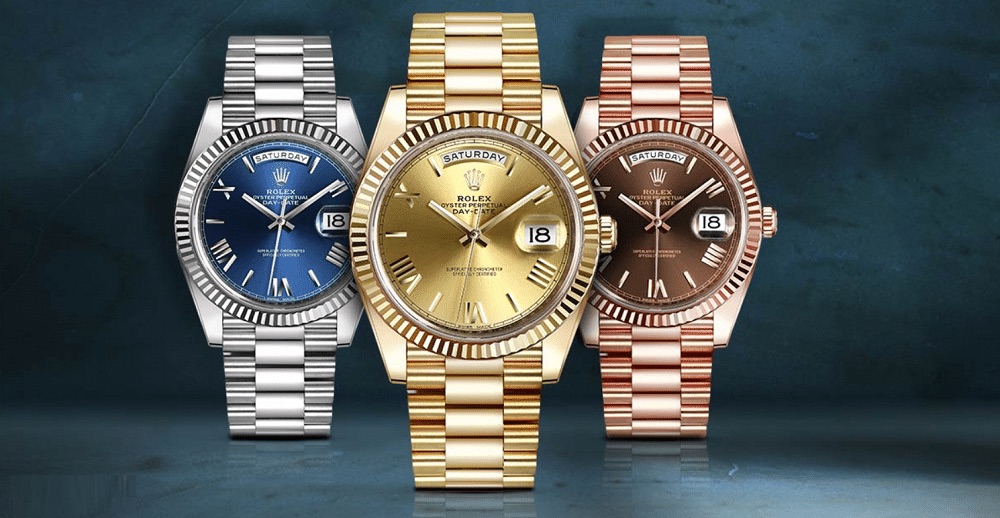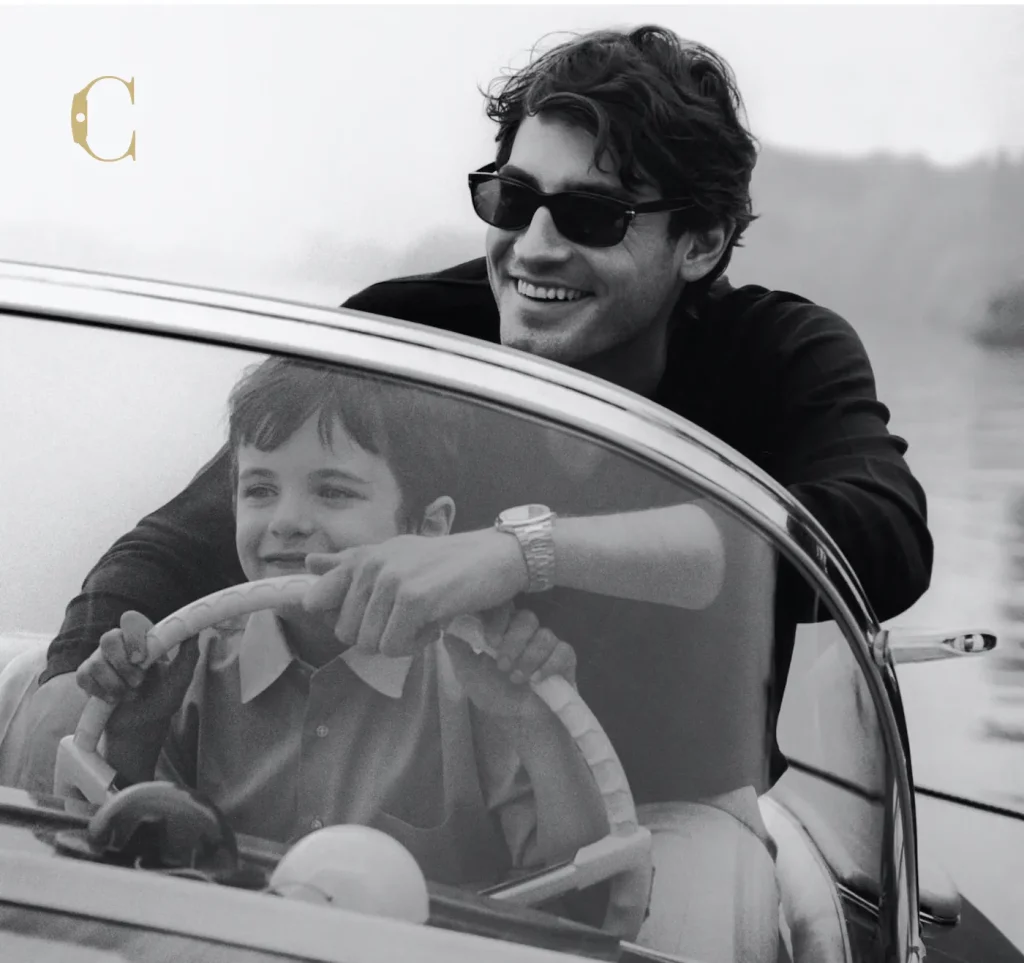Introdction
Rolex, a brand synonymous with luxury and precision, has a storied history that dates back over a century. From its humble beginnings to becoming a global icon, Rolex has set the standard for quality and innovation in the watchmaking industry. This article delves into the fascinating journey of Rolex, highlighting key milestones and innovations that have defined the brand.
Early Beginnings
Rolex was founded in 1905 by Hans Wilsdorf and his brother-in-law Alfred Davis in London. Originally, the company was named Wilsdorf & Davis. The duo began by importing Swiss movements and placing them in high-quality watch cases. Wilsdorf’s vision was to create wristwatches that were not only elegant but also precise and reliable, a challenging feat at the time due to the lack of accuracy in wristwatches compared to pocket watches.
The Birth of the Rolex Name
n 1908, Hans Wilsdorf registered the trademark “Rolex” and set up an office in La Chaux-de-Fonds, Switzerland, a renowned center for high-quality watchmaking. The selection of the name “Rolex” was a strategic and thoughtful decision by Wilsdorf. He wanted a name that was short, easy to pronounce in any language, and aesthetically pleasing when displayed on a watch dial. The name “Rolex” fit these criteria perfectly. It is said that Wilsdorf believed the name sounded similar to the ticking of a watch, conveying the precision and reliability he aspired to in his creations.
Wilsdorf was keenly aware of the importance of brand identity and the perception of quality associated with Swiss-made timepieces. By establishing the brand in Switzerland, he aligned Rolex with the country’s prestigious watchmaking reputation, which was known for its precision, craftsmanship, and innovation. This strategic move also allowed Wilsdorf to work closely with Swiss watchmakers, leveraging their expertise to improve the quality and reliability of Rolex watches.
The adoption of the Rolex name marked a significant turning point for the company. It allowed Wilsdorf to distinguish his products from those of other manufacturers who often used long, complex names that were difficult for consumers to remember. The simplicity and elegance of the Rolex name helped it stand out in a crowded marketplace, making it easier for customers to associate the brand with quality and luxury.
Furthermore, Wilsdorf was a pioneer in the use of branding and marketing in the watch industry. He understood the power of brand recognition and invested heavily in advertising and promotions. Early advertisements highlighted the precision and reliability of Rolex watches, often featuring testimonials from satisfied customers and endorsements from influential figures. This approach not only built consumer trust but also established Rolex as a premium brand synonymous with excellence and innovation.
By 1915, Rolex had become a well-known name in the watchmaking industry, and Wilsdorf decided to formally change the company’s name from Wilsdorf & Davis to Rolex Watch Company. This rebranding further solidified the company’s identity and commitment to producing high-quality timepieces. The Rolex name began to appear prominently on the dials of their watches, reinforcing the brand’s presence and recognition.
The decision to trademark and consistently use the Rolex name was instrumental in the brand’s success. It laid the foundation for a global brand that would come to symbolize luxury, precision, and timeless elegance. Today, the name Rolex is not just a brand; it is a benchmark of horological excellence and a testament to Hans Wilsdorf’s vision and foresight.
Innovations and Milestones
The Oyster Case
One of Rolex’s most significant innovations came in 1926 with the introduction of the Oyster case, the world’s first waterproof watch case. The Oyster case featured a hermetically sealed case that protected the movement from dust and moisture. This innovation was put to the test in 1927 when Mercedes Gleitze swam across the English Channel wearing a Rolex Oyster. The watch emerged unscathed, proving its durability and water resistance.
The Perpetual Movement
In 1931, Rolex introduced the first self-winding mechanism with a perpetual rotor, known as the Rolex Oyster Perpetual. This revolutionary movement harnessed the energy produced by the wearer’s wrist movements to power the watch, eliminating the need for manual winding. The perpetual movement became a cornerstone of Rolex’s success and remains a hallmark of the brand to this day.
Rolex and Exploration
Rolex’s reputation for durability and precision was further solidified through its association with various explorations and expeditions. In 1953, Sir Edmund Hillary and Tenzing Norgay made the first successful ascent of Mount Everest, with a Rolex Oyster Perpetual on Hillary’s wrist. This achievement highlighted the robustness and reliability of Rolex watches in extreme conditions.
Iconic Models and Their Evolution
Rolex Submariner
Introduced in 1953, the Rolex Submariner was the first watch to be waterproof up to 100 meters. It quickly became the benchmark for divers’ watches and has since evolved with various improvements in design and technology. The Submariner’s robust construction and timeless design have made it one of Rolex’s most iconic and sought-after models.
Rolex Daytona
The Rolex Daytona, introduced in 1963, was designed for professional racing drivers. Named after the famous Daytona International Speedway, the watch features a tachymetric scale on the bezel, allowing drivers to measure average speeds. Over the years, the Daytona has become a symbol of speed and luxury, favored by collectors and celebrities alike.
Rolex GMT-Master
Developed in collaboration with Pan American World Airways, the Rolex GMT-Master was introduced in 1954 to meet the needs of international pilots. The watch features a 24-hour hand and a bi-directional rotating bezel, allowing pilots to track multiple time zones simultaneously. The GMT-Master II, introduced in 1982, built on this legacy with additional enhancements.
The Modern Era and Continuing Innovations
Rolex continues to innovate and push the boundaries of watchmaking. The introduction of the Cerachrom bezel, made from a durable ceramic material, and the Chromalight display, providing long-lasting luminescence, are examples of Rolex’s commitment to technological advancement.
Rolex Today
Today, Rolex stands as a global icon of luxury, precision, and timeless design. The brand’s unwavering commitment to quality and innovation has cemented its status among the most prestigious names in the world. Modern Rolex watches incorporate advanced technologies like the Cerachrom bezel and Chromalight display while adhering to traditional craftsmanship.
Rolex also prioritizes sustainability, implementing stringent environmental standards and ethical sourcing practices. The brand’s philanthropic efforts, such as the Rolex Awards for Enterprise and the Rolex Mentor and Protégé Arts Initiative, underscore its dedication to societal impact.
Owning a Rolex is an experience, with luxurious boutiques offering personalized service and expert maintenance. The brand’s cultural influence extends through its role as official timekeeper for prestigious events and its partnerships with prominent brand ambassadors. The robust secondary market for Rolex watches, particularly vintage models, reflects their enduring value and desirability.
As Rolex continues to innovate and uphold its legacy of excellence, it remains a benchmark of horological perfection and a symbol of luxury.
Conclusion
From its inception in 1905 to its current status as a global luxury icon, Rolex has consistently set the standard for excellence in watchmaking. Through pioneering innovations, strategic partnerships, and a relentless pursuit of perfection, Rolex has cemented its legacy as a leader in the industry. Whether it’s the iconic Submariner, the sophisticated Daytona, or the versatile GMT-Master, each Rolex watch tells a story of heritage, innovation, and timeless elegance.
